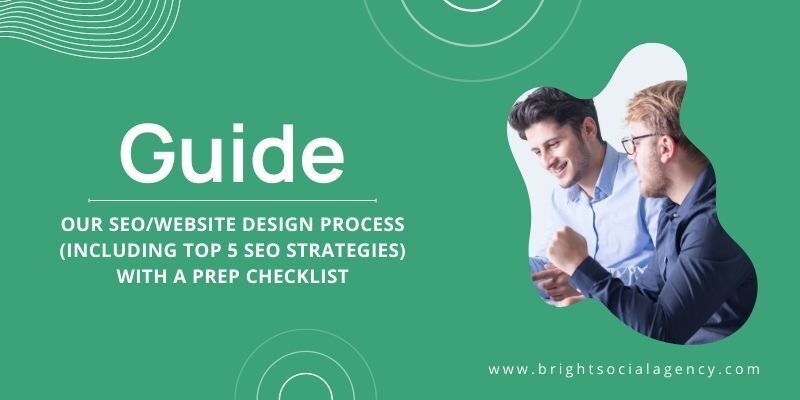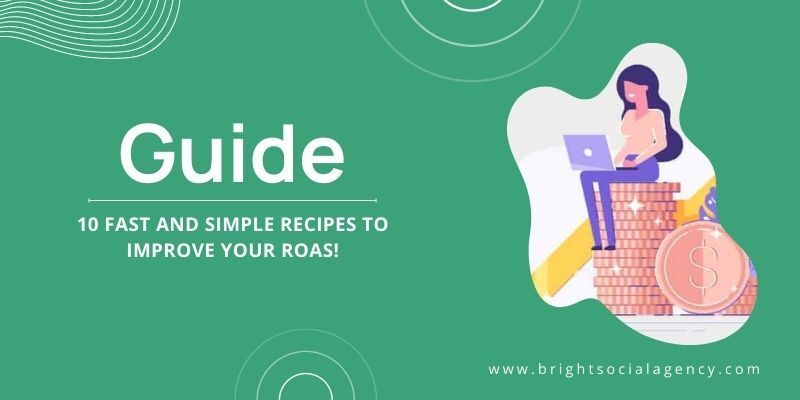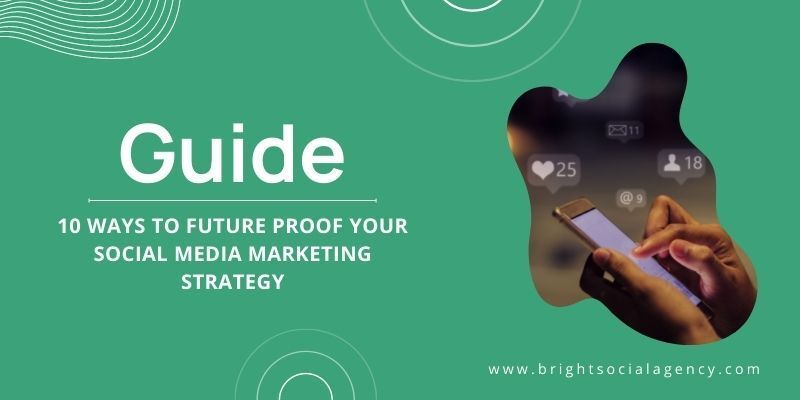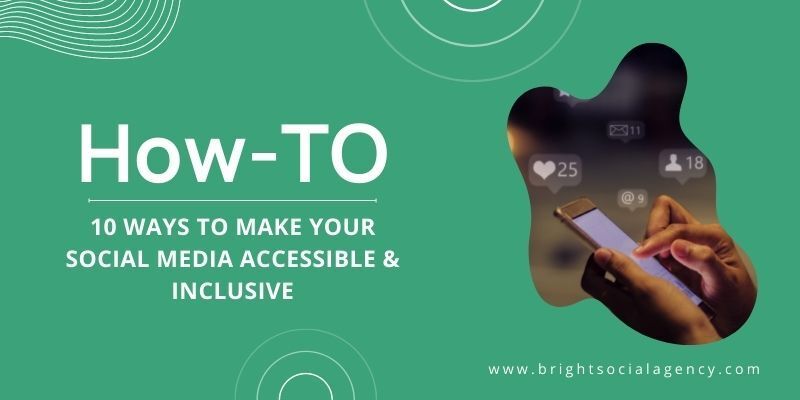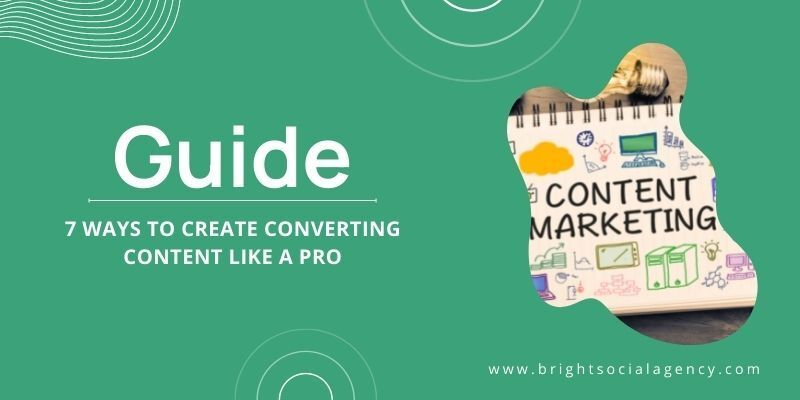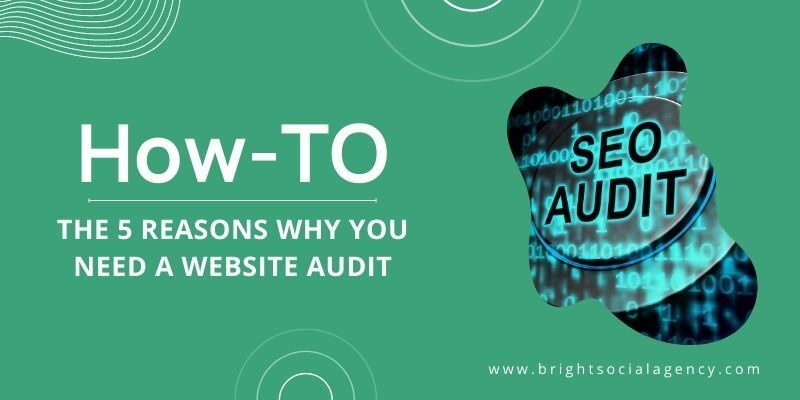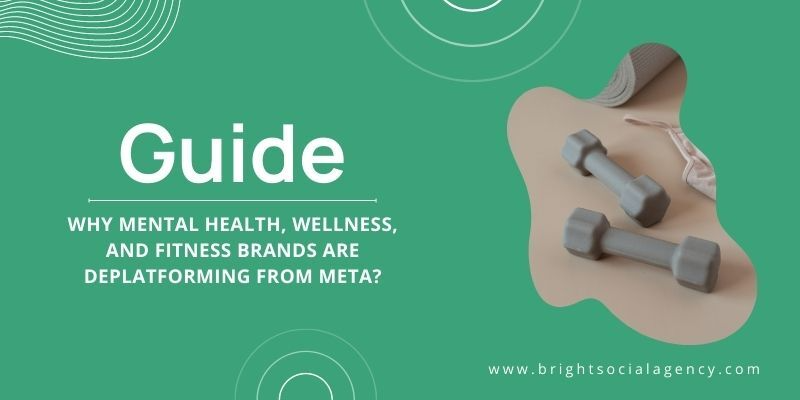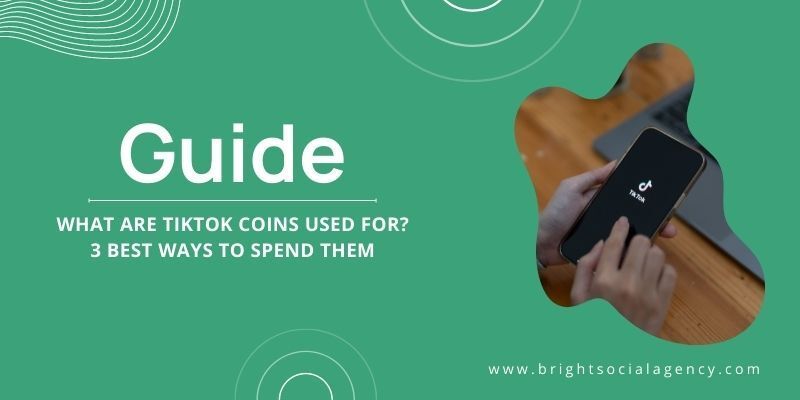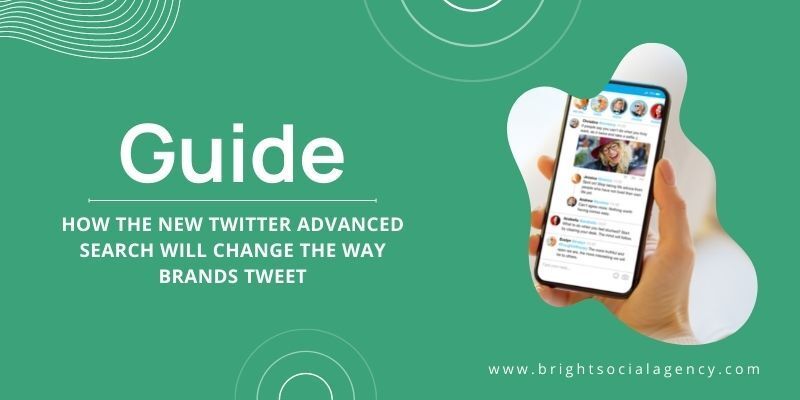Maintaining Your Mental Health While Managing Social Media
Social media’s anonymity encourages bullying behavior, and has given rise to trolls who exist to harass, abuse and even dox people across the internet.
Social Media managers and online community managers are subject to abuse from customers, trolls, and others online while managing their day-to-day work responsibilities.
If you need help right now, head to HeartMob provides real-time
support to anyone experiencing online abuse.
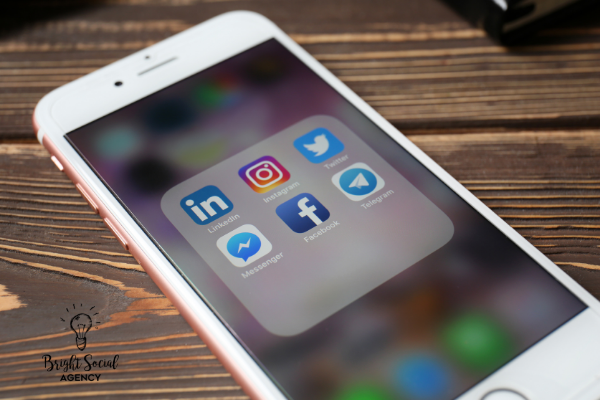
Have you ever been a victim of online abuse?
The abuse I'm talking about is not limited to trolls or misogynists. It can be from your friend, former friend, colleague, or blogger. I have been a victim of abuse from all these types of people. If you're a woman, chances are you've had an experience online with catcalling, insults, or actual harassment. Harassment isn't unusual for women in the modern age of the internet.
A 2014 study found that over 25 percent of American women have experienced sexual harassment in location-based interactions. It happens to everyone (women and men alike), and it is not okay.
Have you ever wondered about the effects of social media on your mental health?
The American Psychiatric Association (APA) found in a study that extended use of
Facebook, Twitter, Snapchat and Instagram linked to higher levels of anxiety and depression among teens.
What is Mental Health?
According to MentalHealth.gov, mental health, "includes our emotional, psychological, and social wellbeing. It affects how we think, feel, and act. It also helps determine how we handle stress, relate to others, and make choices. Mental health is important at every stage of life, from childhood and adolescence through adulthood."
Toxic Platforms
Despite social media platforms publishing mission and value statements supporting our mental health, profit
wins over ensuring our safety, security, and support. Let's look at a few ways each of the major social platforms is toxic within themselves and how that gives rise to mental health hazards for any brand manager reviewing comments, searching for user-generated content to repurpose, or managing customer complaints.
Facebook is the largest social network globally, claiming to have 2 billion monthly active users. Many spend
more time on Facebook than anywhere else online. It has also developed an unprecedented amount of control over our lives and our thought processes.
Facebook is not a safe platform for us or our children. Facebook is an addictive, toxic platform that hurts society, says former Facebook executive Chamath Palihapitiya.
The company creates "short-term, dopamine-driven feedback loops" that are "eroding the core foundations of how people behave."
We continuously see much information and reports about the damage Facebook, now known as Meta for the parent company, is doing to our children and society. There is evidence suggesting that Facebook is damaging society.
More specifically, the research indicates that this social media monster negatively impacts our mental health. Recent studies have found that spending more time on Facebook leads to depression at the University of Pittsburgh because it makes us compare ourselves to others. A separate study reported that people who spend more time on Facebook were less happy than their peers. Facebook meddles in politics, puts people in harm's way, profits off of misinformation that has caused deaths, and does nothing to end online abuse campaigns.
Instagram is a photo-sharing app with 700 million active monthly users. Instagram, owned by Facebook, was
purchased for 1 billion nearly a decade ago. We all know that abusive, hateful language and threatening messages are not okay, nor are allowed by these companies' community standards, and Instagram/Facebook/Meta have deployed tools and staff to help crackdown on removing, blocking, and deplatforming abusers.
However, they do not do enough to allow anonymous trolls who can create a fake profile, wishing harm upon someone in mere minutes. Trolls will never stop, but more of the problem is that Instagram has been walking a fine line lately with its policies, allowing messages that Instagram would otherwise remove if not sent via direct message. The story of Instagram and its cesspool of toxic people calling people names, threatening them, writing long paragraphs of
vitriol on their photos - all of this is happening to people every day on Instagram. Women and other marginalized groups receive a disproportionate amount of online abuse than their male counterparts. Yet, the sheer volume of
this type of behavior has led many people to believe that it is normal. It's not. The comments and behaviors I experienced on Instagram were shocking and left me feeling deeply alone and isolated. My experiences were not an anomaly.
A recent study by Amnesty International showed that more than three in ten women had been subjected to
online abuse or harassment globally. Dr. Emmashort, Lecturer in Computing Science at Loughborough University, has described the scale of abuse on Twitter as "chilling." She explains that incidents range from "name-calling, to more extreme behaviors such as threats of rape, death threats, blackmailing people for money or publishing private information."
Twitter is toxic: That is the conclusion of a new study on online abuse of
women. It shows that Twitter users with female names or showing markers of
being female — such as pictures of women, women, or (@) mentions — received at
least three times more abuse than their male counterparts. The results suggest
that Twitter's environment is inhospitable to female users. Even if this was
not Twitter's intent and is often against its own stated rules, their system
enables and rewards unmoderated speech on their platform. As of writing,
Twitter has updated its rules around sharing media on its platform.
Tip: Jump to the top of replies to see how the Twitter community responds.
YouTube
The world's largest video platform is the most toxic. How did the company become one of the largest platforms for
harassment, abuse and toxic communities on the internet? It's no secret that YouTube's comment section is a septic tank of hate, derision and flat-out creepy (questions like 'when will you be 18'). As if this was not bad enough,
there appears to be a growing trend of harassment, and abuse video creators are
receiving via actual physical mailboxes. The ad revenue model on YouTube is broken, and the promises of fame and income that young people are led to believe in are a lie. The algorithms promoting specific videos increase radicalization and the spread of hate doctrine. It's not simply YouTubers like Logan Paul, but mainstream media like CBS news promoting conspiracy theories such as pizza gate and accusing scientists of lying about climate change. The algorithms that enable videos on YouTube are incredibly flawed. The channels that get views don't necessarily mean the videos are of quality. Many of these channels resort to clickbait tactics, making their videos shareable on social media to increase their views out of fear of becoming irrelevant, desperate, and greedy. Clickbait videos often spread hoaxes and advertisements. Clickbait videos contribute to the radicalization of viewers who have a weak grasp of critical thinking skills.
Read further: What Are the Social Media Platforms Doing to Support
Abuse Types
Online abuse is affecting more and more people every day. It comes in the form of catfishing, targeting, trolling,
and many other internet-based crimes. Cyberbullying, doxing, harassment, emoji flooding, hate campaigns, review bombing are just a few of the different types of abuse trolls, customers, and social media users do to each other. Some of these will be new to you.
I think it is safe to say that most people have heard of cyberbullying- whereby people use the internet to harass, abuse, threaten, embarrass others, etcetera. There are many other forms of online abuse that are less well-known (and offline abuse). I've experiencedmany forms of abuse myself through my blogs, digital marketing consulting business, and social media platforms. I'm passionate about advocating and supporting abuse survivors.
I'm not an expert in this area. However, I help brands and influencers handle being the target of hate
campaigns. Hate campaigns are people who unite to target a person, brand or product. An example of a hate campaign is Jake Gyllenhaal and Swifties (AOC and the GOP) and review bombing (creating fake profiles and leaving as many
one-star reviews as possible). I read a startling statistic on social media the other day. It claimed that 54 percent of people who see mean comments from strangers on social media feel at least one negative consequence from those
comments.
Doxxing - Known transphobe
J.K. Rowling was recently doxxed (though her celebrity home has been previously
shared online) by posting her home address and images of her home online to
personal social channels. The motivation behind doing this is to let others who
are also angry with her actions know her possible location and provide mailing
information or give way to physical, real-world harm and abuse to the lady.
Some will dox family members, share cell phones and home phones, share
children's schools and names and ages.
Emoji Flooding - Google Kim Kardashian and
Taylor Swift and 🐍 for
examples.
Harassment:
Negative images, videos, and text messaging online may be sexual or abusive. I'm focusing not only on online abuse but also on abuse that happens offline. Many will print inappropriate images and leave them in your workspace, share your photos, and photoshop graphic visuals onto your likeness. It is only getting easier to do with tech from the abusers' standpoint. Abuse can come in many different forms, and some can be verbal, abusive messages sent to your phone or email; others more sinister have the potential to escalate into more intense forms of harassment. As a reality star bullied his way through the presidential office, many other bullies felt empowered. If a bully can be president of the USA, what's a little harassment of a coworker? Who cares if you yell at a sales clerk? Grab the waitress' ass? Force your staffer to kiss you? "They just let you."
For social media managers, community managers, influencers, and digital marketing careers, these toxic
platforms, the communities and trolls they must face, the abuse and harm caused
can derail futures, cause PTSD, anxiety, depression, and more. How do they
expect us to manage all that?
Read further: 'Always on trauma machine': Social media managers grapple
with burnout, leaving the industry
How to manage your mental health as a social media manager?
Managing your mental health is paramount in the social media space. Social media managers are constantly at
risk for mental health issues stemming from the toxic nature of the job. Many
social media managers are expected to work long hours, overnight shifts, and
24/7 responding to everything coming down the pipeline, the abuse included.
Here are tips regarding managing your mental health as a social media manager:
1. As a social media manager, working hours are your best boundaries.
Schedule time to unplug weekly. Set up a backup with others to ensure a
rotating schedule time off and publish the community management hours to social
profiles. Your audience does not expect 24/7 monitoring unless the company pays
for this through outsourcing or delegation among staff.
2. Ensure that the company you work for or with is aware of the
toxicity and potential abuse you face in your position, such as graphic
imagery, verbal abuse, or trolls. Not seeking help is what gets people in
trouble.
3. Set up a crisis management response process for possible doxing of
yourself and your company's public-facing staff.
4. Create community management guidelines for your brands' social
profiles and share those with your community managers, brand advocates,
influencers, and the company to create a unified front for dealing with
negative comments, trolls, and online abuse. When engaging with trolls, respond
once and then move on.
5. Use Your Tools: Whether that is using safety tools like Instagram's Manual Content
Filter or Twitter's Advanced Muting Options to filter out abusive or harmful content or
scheduling content, setting up Facebook Messenger Autoresponders, or using
chatbots for off-hours, tech does have some useful tools to provide relief to
social media managers.
6. When in doubt, talk about it with a trusted colleague. A mentor in
your field, a friend in a similar position, a coworker or boss.
7. If you need help right now, head to HeartMob provides real-time support to anyone experiencing
online abuse.
For more ideas on how you can avoid burnout in the workplace as a social media manager, check out these resources:
- 10 Ways for Social Marketers to Avoid Social Media Burnout
- Working in Social Media: 7 Tips to Protect Your Mental Health
- Managing your mental health while working in social media
- The essential mental health toolkit for social media manager wellbeing
- Social media managers on how they take care of their mental health while on the job
- Jobs in Social Media Require People to Face the Cruelest Parts of the Internet - This is how social media editors deal with their high-stress gigs.
- Social Media and Mental Health: 6 Survival Tips for Social Media Managers
Deplatform. Diversify. Demand.
I hope your email newsletter list has all current and past customers, partners, and advocates on the subscriber
list. Start now if you don't, as it's never too late. Collect customer contact information so that you may go "old school" with handwritten letters, notes, postcards to their addresses on file. Send text message campaigns for promotions and loyalty programs. Ensure that you own at least one URL and control everything shared on that URL, the content, the products, the frequently asked questions information, a forum or comment section, a contact form for Zendesk ticket management. Share the content in your email newsletters, asking your subscribers to jump to your URL to read the full article, watch the full video, complete the purchase. Partner with other relevant brands and sponsor content in their email newsletters to hit the target audience of their subscriber demographics.
Reach out to bloggers of all sizes and ask them for reviews (pay these writers for their work!), if they run ads on their site or promoted posts, be sure to stipulate what platforms you do not want them to share your paid content. Write out your issues with each specific forum and give that to your platform ad reps, post on their appropriate pages/profiles if you do not have a representative, and submit your requests to the platform's help desks.
Conclusion
Social media is a tool, and it can be good or bad. The company you work for may not have any social media policies
in place at this time. You have a right to protect yourself from toxic internet use. Crippling anxiety cannot be cured by simply switching to a new social media platform.
The problem lies within the general culture of social media, and it has yet to be solved by any designer or developer. However, there are ways to mitigate these problems while online. Don't hesitate to take breaks while you work. Inform your employer how it feels to be active on social media—practice mindfulness. And, remember that you have more power than you think in changing the way social media works. Reach out to your friends who work at these companies to give your perspective when making decisions. Take a stand as a company as Lush recently has and pull your advertising dollars and company time from managing these platforms. Invest in advertising through local
expert bloggers, TikTokers (though it has issues with being toxic), market surveys, text campaigns, email marketing, and utilizing your website to share messages and marketing information.
This post may contain affiliate links, which means that we may receive a commission if you make a purchase using these links.
